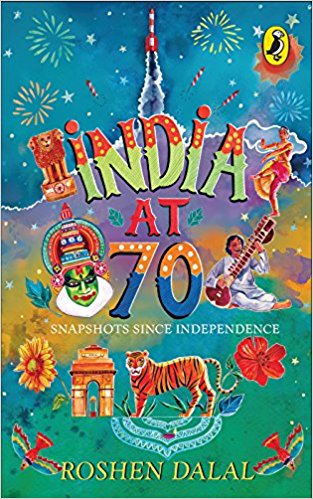I began reading this book expecting the usual compilation of events and dates. But the book offers a range—biographies, sports, the arts (especially classical music) and information on governments and political events. What emerges is a compendium that is much more fun to read than a bland chronological account of post-Independent India. Roshen Dalal is a veteran author well-known for her numerous books on history and eminently suited to tell this story. I also enjoyed the line drawings in black-and-white by Sayan Mukherjee. While there is no doubt that that this was a publishing decision to avoid more expensive colour reproductions, they go well with the text. There is grace in Uday Shankar’s posture and although I don’t remember Ali Akbar Khan being so jowly, his gravitas is apparent. There are copies of posters from famous Hindi films (Mother India, Haqueeqat, Shatranj Ke Khiladi) and R.K. Laxman’s Common Man and the Amul girl also make an appearance. Corbusier’s Palace of Assembly, Nek Chand’s Rock Garden and the Bahai Temple are there and portraits of Vinoba Bhave, Dalai Lama, Homai Vyarawalla, Bachendri Pal, Irom Sharmila and Shah Rukh Khan among others also find place.
November 2017, volume 41, No 11

